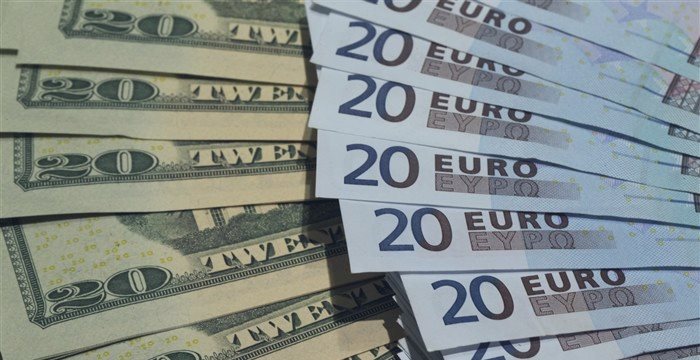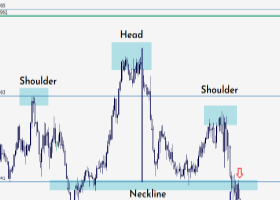
On Wednesday the dollar reached a two-month peak against the yen and extended its gains vs the euro in Asia trade, boosted by positive U.S. data and comments suggesting a front-loading of European Central Bank bond purchases.
Japan's better than expected economic growth in the first quarter also lent indirect support for the dollar.
USD/JPY touched 121, its highest level since March 20, though
the upward momentum had largely lost steam midway through afternoon
trading. Late Tuesday, the dollar was at 120.69 yen in New York. The euro declined to hit $1.1108 after staying at $1.1150, and was at 134.31 yen from 134.54 yen.
The dollar maintained its overnight gains against the euro after the European Central Bank signaled it would front-load bond purchases under its €1.1 trillion program in the coming weeks.
The U.S. currency was highly supported by better-than-expected U.S. housing starts data in April, easing worries about the economy’s dull picture after data indicating a slowdown in the January-March quarter.
The dollar's gains are seen to be limited in the day trading, in a sign that investors were likely switching to a wait-and-see stance ahead of fresh potential trading cues such as Federal Open Market Committee minutes to be released later in the day.
“Many investors are keeping up with the dollar buying, but they only half believe” in the U.S. recovery, since it is only based on a single month’s housing data, said Toshiyuki Umekawa, senior vice president of the forex division at Mizuho Bank.
Japan’s stronger-than-expected economic growth for the January-March quarter also offered indirect support for the dollar during Asia trade, as it gave a lift to the stock market. The benchmark Nikkei Stock Average was up 1.1% following the release of the gross domestic product data.
Japan’s real GDP grew 2.4% in annualized terms in the
first quarter of 2015, surpassing estimates of a 1.5% expansion forecast by
economists surveyed by The Wall Street Journal. Household and business spending and a pickup in
inventories were the main drivers.


